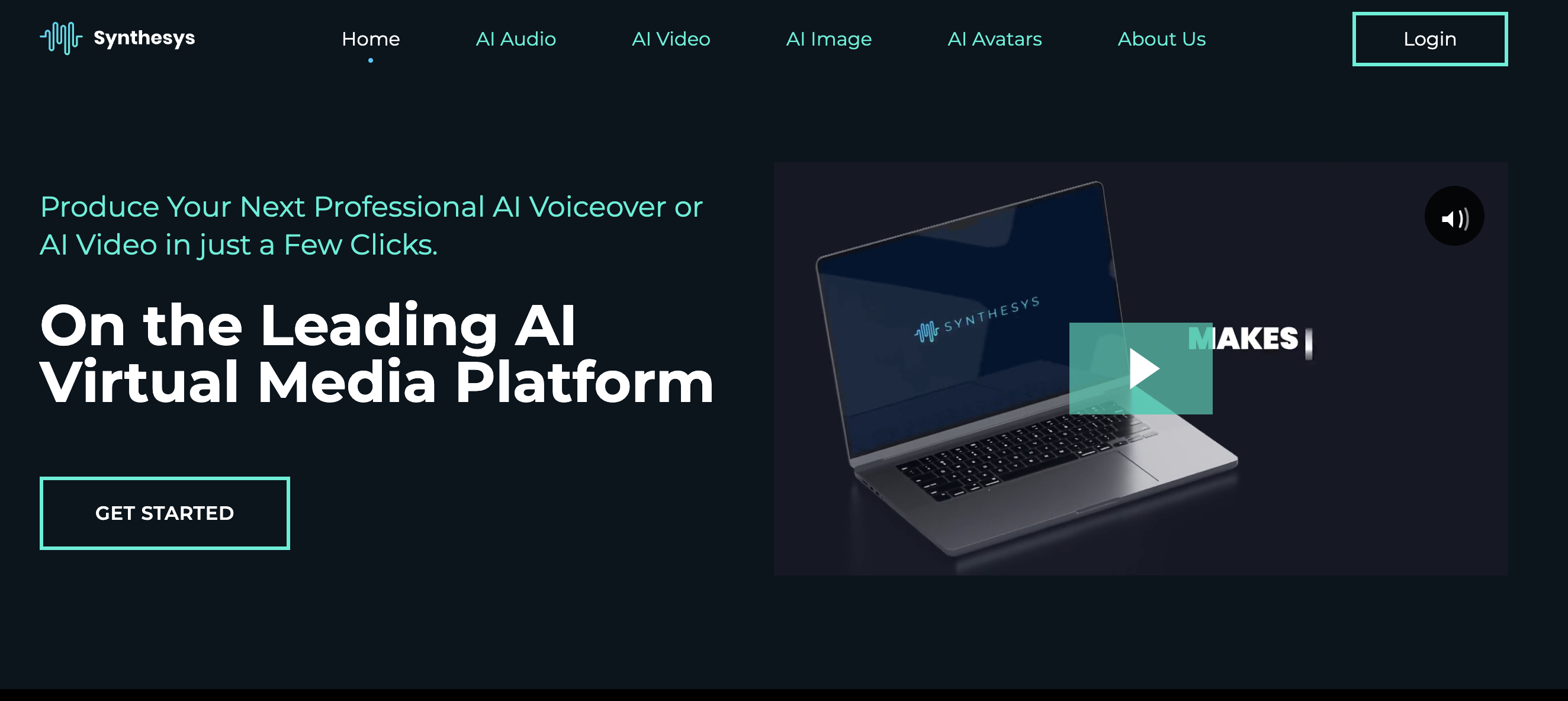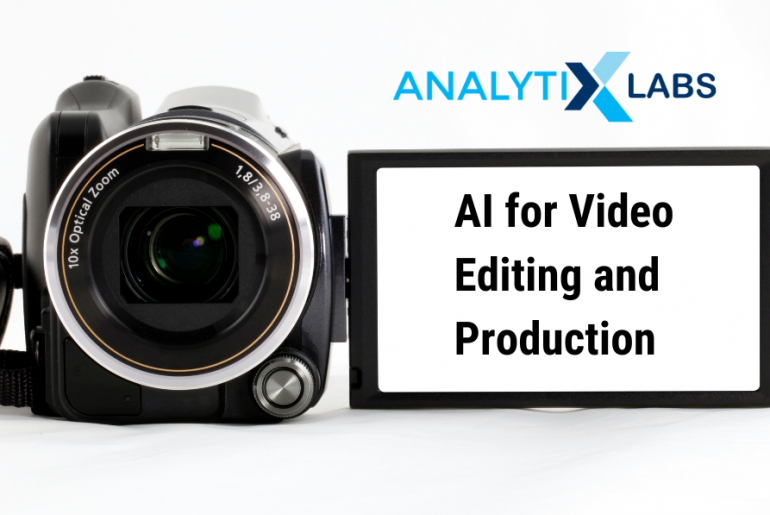AI is finding its use in everything that we do. From smart assistants to AI-generated images, the horizon of AI is expanding. Companies are snagging millions of funds to power their AI-driven video editing and production tools. Others are experimenting with the power of AI video editing tools and the production left-right-center.
- What does this mean for you?
Companies are building AI apps that can help non-video people manage videos easily. For this, they need skilled AI professionals who can build these apps while being extremely agile. You can be one of them!
Start with our Applied AI course that covers everything – from predictive modeling to ML to AI and Cloud computing.
One example is YouTube’s recent announcement of rolling out generative AI features for its users in the coming months. This will help YouTube users to create generative images from texts and add special effects to their videos.
And this is just the tip of the iceberg. AI for video can create value by revamping how video is produced, edited, and marketed. As the entertainment market grows year after year and the technology to support it continues to develop, AI is reshaping how we create and edit videos completely.
Also Read: How to Become an AI Engineer?
AI for Video: Applications of AI in Videos
Artificial Intelligence, by definition, is the intelligence demonstrated by machines to learn, synthesize, and process information to its maximum accuracy. New AI tools are popping up daily, trying to fill in one gap or another in a particular niche its competitors failed to recognize. One such niche is video editing and production.
Most AI video editing tools online make it easy for users to create and edit videos, especially for non-video professionals. But there are also highly complex AI video editing tools that offer good features at an almost Start Trek level!
One such is Google’s AI video editor – Dreamix. Dreamix ups the video editing by a few notches, offering video modifications via text prompts. The basic framework is that it takes a video, adds noise, then adds a video diffusion model and text prompts to redirect the video. Pretty advanced, huh!
Let’s get started.
Streamline video production process
The video production process is a complicated one. It involves multiple steps, and each of those steps can be difficult to streamline. But artificial intelligence (AI) makes it possible to automate the entire process. By learning what customers want and need, AI can help them get exactly what they want faster than ever.
AI is doing this by automating the editing process for videos.
Instead of having a human do it, which requires time and effort on their part, you can have AI do it for you—and it will be done much faster and more efficiently than any human could manage. This means that you won’t need as many people on staff to produce your content since there will be fewer processes involved in creating it.
Steps to Create an AI-Video
- The first step of creating a video is writing the script. AI can automate this process by analyzing existing content and identifying patterns in language, then using those patterns to write new content. The resulting script will likely be more engaging than one that was created manually, and it will be less likely to contain errors.
- Once the script has been written, AI can automate the process of recording footage or even directing the actors themselves. This can save time and money while also increasing efficiency and accuracy.
- Once the footage has been recorded, AI can automatically edit it into its final form—a process that would otherwise take hours if done manually. The end product will likely be more polished than a similar video created by hand because AI can access multiple types of footage that may not have been available.
An example is Synthesys, a tool that helps you create videos with AI technology.
It uses Text-to-Video (TTV) technology to transform scripts into dynamic media presentations. The tool allows you to choose an avatar, type your script in one of 66+ available languages and get a high-quality video without using any cameras or film crews; very useful when creating explainer videos and product tutorials.

AI is also used to automate video creation. This means that AI can do it for you instead of having someone sit down and write every word in a script.
It will generate thousands of ideas for content and then use them to create the video for you.
This is much faster than having a human come up with their ideas from scratch—and it saves time by not needing to edit these videos afterward either.
Improved video quality
The algorithms used by AI have been trained to recognize what makes a good-looking video and apply those characteristics to other videos. This allows them to adjust lighting, contrast, and color levels automatically so that all of your videos are consistent in appearance.
Another way AI improves video quality involves noise reduction.
When filming in low light conditions or outdoors on a cloudy day, you’ll notice that there’s often some grainy noise in your footage – this can be very distracting for viewers!
But with AI-powered noise reduction software, this problem can be solved easily before publishing your video online or uploading it onto social media platforms such as Instagram or Facebook (where most people consume their entertainment nowadays).
In addition to improving video quality, AI is also helping content creators to make their videos more engaging. For example, machine learning software can analyze your video’s content and suggest edits for you (i.e., if the sound levels are too low or high).
You can then create a much better final product than if you were to do everything manually – which takes much longer!
Also Read: Classifications in Machine Learning & Machine Learning Algorithms
Video compressor and deep render
From rendering to compression, AI is making it easier than ever to create high-quality content that reaches your audience personally and engagingly.
So what exactly does this mean?
Well, let’s start with rendering.
When working with a large volume of raw footage or high-resolution images, it can be difficult to render these files down into something manageable by your computer—even more so if you’re trying to do this in real time during production.
AI can help solve this problem by analyzing the file and deciding what parts are most important (for example, motion), then rendering those assets first while leaving the rest for later if necessary. This makes it possible for you to focus on what matters most: creating an amazing final product.
We’ve already talked about various data compression techniques. AI works wonders in video compression, specifically when dealing with 4K video files.
Generating 4K video requires a lot of processing power—so much so that traditional computers can’t handle it well enough for real-time editing purposes without sacrificing quality or speed. AI can handle 4K video files with ease.
An AI-powered video editor can analyze each frame in a video and compress only the parts that need it most, thereby saving space. This means you get better quality and faster rendering times when working with large files.
AI can also suggest the best format to use when it comes to videos. It can detect if you will use it online, offline, or just for backup and archive. AI also uses popular formats such as mp4, flv, and webm and compresses it directly in an mp4 compressor, flv compressor, etc., to be read and used in different systems and devices.
A video compressor tool is a game-changer for editors. We’ve all been waiting for the ability to work with 4K files without sacrificing quality or speed!
AI and cloud technology
Combining AI and cloud technologies has led to impressive video production advances. The cloud allows us to do this by allowing us to work with high-quality equipment from anywhere in the world.
The combination of AI and cloud means that anyone who wants to make their videos can do so with very little cost and effort—and they’ll be able to use state-of-the-art technology without buying any equipment on their own.
These two technologies have created an environment where anyone can learn how to make great videos without spending thousands of dollars on equipment or taking expensive classes.
Artificial intelligence is getting smarter, and the cloud is making it even more accessible.
Our Applied AI course covers a spearate module on AI and Cloud Computing that will help you in building AI-driven chatbots, video editor apps, content apps, and more. Sign up for a demo or talk to our expert to understand the scope of this course.
Detecting similar scenes
Artificial intelligence can be used to find similar scenes in a video to increase the efficiency of the video editing and production process. This would allow a user to locate content in the entire library of videos they can access rather than searching through each video.
The technology behind this is called “deep learning”.
It involves training an artificial neural network on large amounts of data to make inferences about certain things. In this case, it is learning how different scenes look and feel to recognize similar ones when presented later.
The benefits of this technology are numerous. It can help users locate the content they didn’t know before or make it easier to find related content from a video they like.
Also Learn: AI + Deep Learning with Python
The technology is also useful for recommending content you might not have considered. For example, if someone watches a video from a channel about cooking, the platform could recommend similar videos from other channels that cover similar topics. This can help people find new content they may not have encountered otherwise.
Additional Reading: Fundamental Concepts about Neural Network and Deep Learning
Audio and video transcriptions
One of the most interesting ways artificial intelligence is changing the video editing and video production industry is through automatic speech recognition (ASR). This is software that converts audio into text. It can be used to transcribe any kind of spoken language, including languages with accents or dialects.
While ASR isn’t a new technology, it has become more accurate and efficient as developers have learned how to use it more effectively. Today, ASR can be used for more than just a transcription tool—it can also be used for translation purposes.
Also Read: Machine Learning vs. Pattern Recognition vs. Data Mining
As well as being able to recognize speech and convert it into text, ASR systems can also be trained to detect emotion in people’s voices. This allows them to understand if someone is angry or happy when they speak, which can help with many different types of applications, such as customer service or personalized advertising campaigns based on demographics like gender or age groups.
In Conclusion:
Considering their popularity and ability to bring life to any video project, a new generation of video editors are emerging that could change how we see video production. From the creative side to the hardware capabilities, everything points towards artificial intelligence, making video editing a much different process.
While more studies will be needed to determine what an AI-edited video looks like when compared to one edited by a human editor, this innovative topic will surely point towards a bright future for the video production industry.
This is a Guest Post by Cris Mark Baroro from Veed.io








